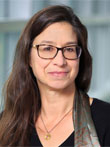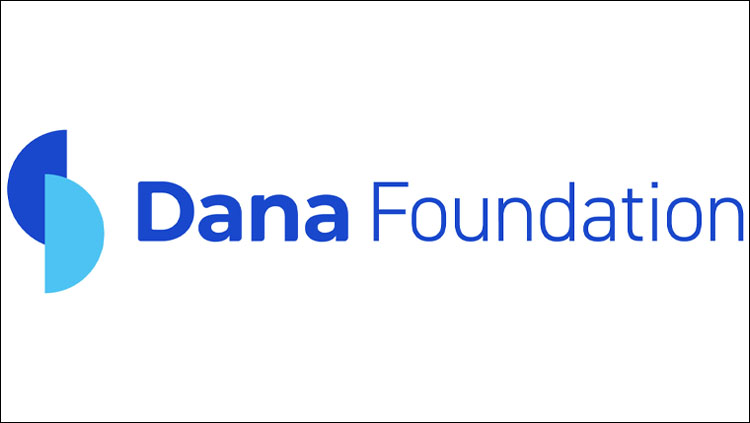Message From the President: Finding a New Balance

The SfN annual meeting logo is an artistic impression of the SfN president’s research. This year’s logo, based on the ancient Chinese symbol yin and yang, reflects the heart of my group’s research into mechanisms that provide balance between brain plasticity and stability. On the one hand, neural circuits are destabilized by the positive-feedback nature of Hebbian learning rules such as “neurons that fire together wire together.” On the other hand, negative-feedback homeostatic plasticity rules ensure that excitation and inhibition are dynamically adjusted to stabilize circuit activity. Together these mechanisms form a harmonious and dynamic balance that allows circuits to adapt while maintaining their fundamental integrity.

Gina Turrigiano
The importance of balance, both within our brain and our communities, has been made strikingly clear by the COVID-19 pandemic. All of us were thrown off balance by the public health restrictions necessary to slow the spread of the coronavirus and by the many hardships and tragedies of the past two years. Our ability to engage with each other was precipitously altered, limited almost exclusively to remote interactions. During successive waves of COVID-19 infections, a common response to the lifting of restrictions was to oscillate between isolation and trying to do everything all at once. Though exhilarating to travel and reconnect with everyone we’ve missed over the pandemic, we know this elevated level of activity is likely unsustainable in a changing and uncertain world.
Virtual conversations and events have delivered real value and will be an ongoing part of SfN programming going forward.As we struggle to settle back toward some kind of pre-pandemic balance, our range of behaviors, including effective means of scientific communication, has permanently expanded. Virtual conversations and events have delivered real value and will be an ongoing part of SfN programming going forward. For example, SfN’s annual Capitol Hill Day has been completely virtual for the past two years allowing SfN to connect many more members with their policymakers than when Hill Day was just an in-person event. Similarly, our community’s virtual Brain Awareness Week (BAW) events have introduced neuroscience to members of the public who would not normally attend science demonstrations at local universities or museums. No matter what formats these events adopt in the future, they will likely maintain some of the most effective virtual elements pioneered during the pandemic.
I came away understanding that the impact of in-person meetings on scientific progress and creativity is irreplaceable...I just returned from the first in-person scientific meeting I have attended in two years. Despite the wonderful things about virtual formats – accessibility, reduced carbon footprint, new ways of interacting – the experience of talking about science face-to-face again was revelatory. I came away understanding that the impact of in-person meetings on scientific progress and creativity is irreplaceable, and so my thoughts naturally turned to the SfN annual meeting.
SfN is planning for a full in-person meeting November 12–16 in San Diego and recently announced the Presidential Special Lecturers. Program Committee has introduced updates to the meeting program aimed at making Neuroscience 2022 more interactive, as well as new events enabling attendees with similar interests and identities to more easily find each other. I am dreaming of once again attending a meeting where I can move from a buzzing poster session in my area of expertise and see old friends while absorbing the newest science, to lectures from some of the best scientists in the world as they provide a window into fields I want to know more about. I am counting down the days until I can welcome you back to SfN in person!


















